Latest Posts
Favorite Food Mobile
Allan made a list of the reasons the hot dog was important to Chicago. Make a mobile that shows the reasons why your favorite food is special. Show off your mobile on social media using the hashtag #CHMatHomeFamilies
The neighborhood of Pilsen has a rich and diverse history, with residents who immigrated from Germany, Czechoslovakia, Poland, Italy, and Mexico. Pilsen is the hub for the Mexican muralist movement in Chicago. Buildings, alleyways, and even doors are the artistic canvases where artists blend their identities and culture to convey the different social issues and injustices that they face daily. In this week’s challenge, think of an issue you feel strongly about and create your own mural that illustrates it.
El vecindario de Pilsen tiene una historia rica y diversa, con residentes que emigraron de Alemania, Checoslovaquia, Polonia, Italia y México. Pilsen es el centro del movimiento muralista mexicano en Chicago. Los edificios, callejones e incluso las puertas son donde los artistas combinan sus identidades y cultura para crear murales que transmiten los diferentes problemas sociales e injusticias que se enfrentan a diario. En la actividad de esta semana, puedes crear tu propio mural sobre un tema que te interese mucho. Puedes explorar los pasajes urbanos pasados y presente de Pilsen. ¡O hacer ambas cosas! Comparte tus creaciones en las redes sociales utilizando el hashtag #HistoryAtHomeTeens.
Hood by Hood: Discovering Chicago’s Neighborhoods
This week, explore the rich history of the neighborhood of Pilsen. When Mexican and Central Americans immigrants came to Chicago, they faced many challenges. In response, they made choices that shaped the neighborhood of Pilsen, making it an essential part of the city’s identity. Explore images of the neighborhood of Pilsen, read a short article on it history, dig deeper via a short video about the neighborhood, listen and read along with a member of CHM’s education team using a short audio, and get creative as you design a Chicago neighborhood star.
Barrio por Barrio: Descubriendo los Vecindarios de Chicago
Esta semana explore la rica historia del vecindario de Pilsen. Cuando los inmigrantes mexicanos y centroamericanos llegaron a Chicago, se enfrentaron a muchos desafíos. En torno, tomaron decisiones que dieron forma al vecindario de Pilsen, convirtiéndolo en una parte esencial de la identidad de la ciudad. Explore imágenes del vecindario de Pilsen, lee un breve artículo sobre la historia de Pilsen, investiga a través de un video corto sobre el vecindario, escuche y lea junto con un miembro del equipo de educación del museo usando un breve audio, y sea creativo al diseñar una estrella que represente el vecindario.
Today we’re kicking off our weekday CHM at Home family activities! These daily challenges are an opportunity for your family to learn and have fun together. Over the next two weeks, we’ll investigate the Chicago flag as a starting point for exploring the city’s rich history. Each activity will encourage your kids to share their ideas and express their creativity.
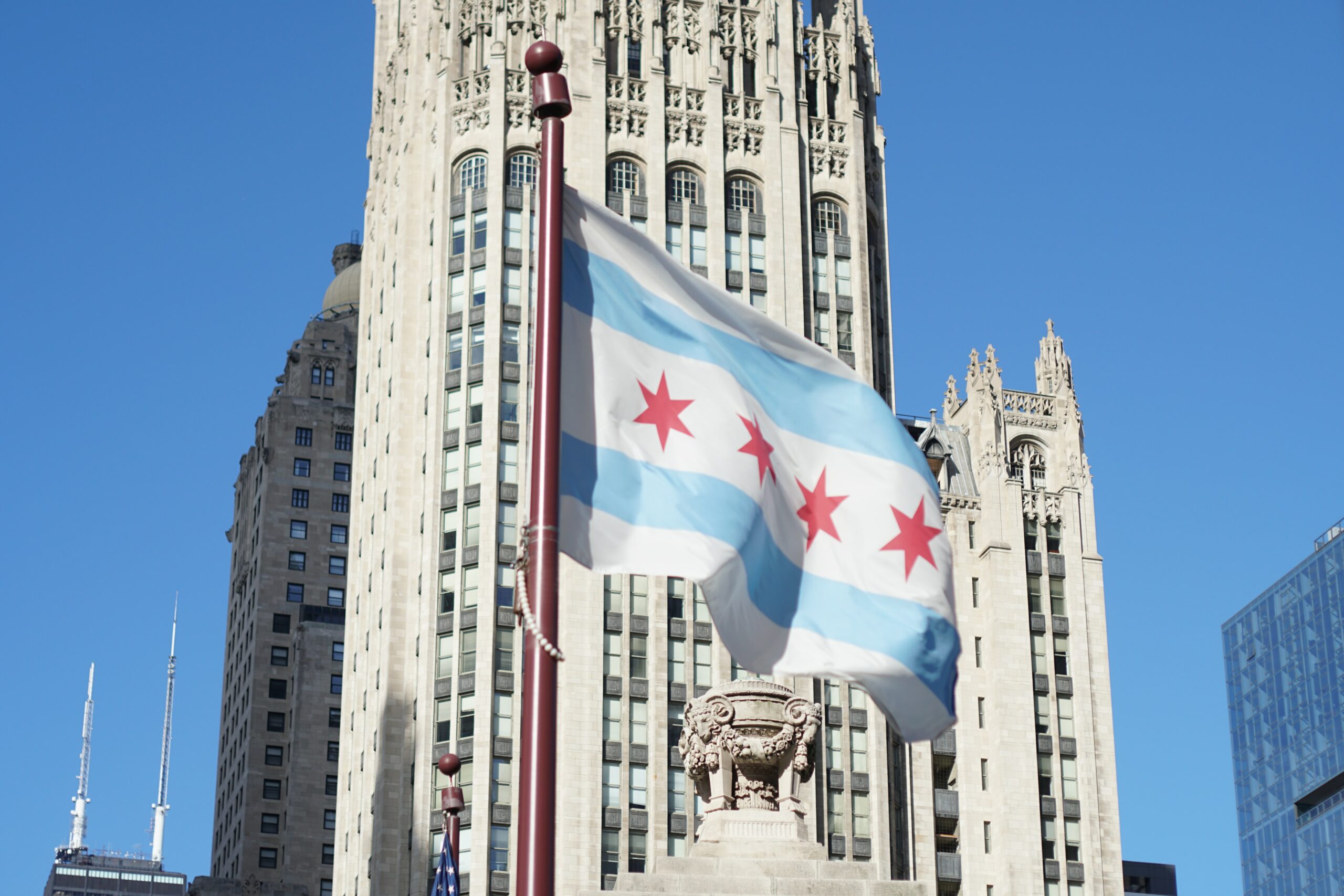
The Chicago flag can be found throughout the city, but do you know what its stars and stripes symbolize? Discover the meaning behind the flag’s design and create your own. When you’re done, take a picture of your flag and share it on social media! #CHMatHomeFamilies
The Chicago History Museum is here to support families during these uncertain times. We know that especially now, it is more vital than ever that we stay connected with one another and with our communities. We also know that you have a lot on your plate, answering your kids’ questions, filling their time, and supporting their remote learning.
We’re excited to announce that our CHM at Home initiative kicks off next week! Our Education team will be sharing free, family-friendly activities every weekday. These history challenges are easy to do and use everyday household items. You can get your child started independently or you can explore together. All of our activities promote learning of Chicago history, help make personal connections with the city, encourage family conversation, and foster creativity. The daily challenges will also be posted on our website, so you can do them anytime.
Feel free to share your creations with us using the hashtag #CHMatHomeFamilies on social media, so we can create a digital community that showcases what we love about Chicago and celebrates families and communities across the city. We hope you enjoy these at-home history challenges and your time together. We look forward to hearing from you!
Nicknamed the “The King of Fashion,” Paul Poiret was known for turning nineteenth-century couture tradition on its head and ushering in the modern era of garment design. Born on April 20, 1879, in Paris, he is notable for using Asian, Eastern European, and North African design elements, emphasizing draping rather than tailoring, and moving away from petticoats and corsets—returning to a natural waistline.
All of this resulted in new, exciting, and liberating shapes, such as the “lampshade” tunic silhouette of the Sorbet evening gown (1913). Today, only three examples of this dress exist, and CHM’s version is the only one that follows the original sketch featured in the 1913 Gazette du Bon Ton.
Of course, such a remarkable gown would come to the Museum’s Costume and Textiles Collection with a fantastic backstory. It was owned and donated by Anita Carolyn Blair, the granddaughter of the founder of Merchants National Bank. She wore the Sorbet dress to a debutante ball in Chicago in 1913. Blair’s bold and possibly scandalous choice would have certainly stood out in a room full of corseted dresses, upstaging everyone else. See it up close.
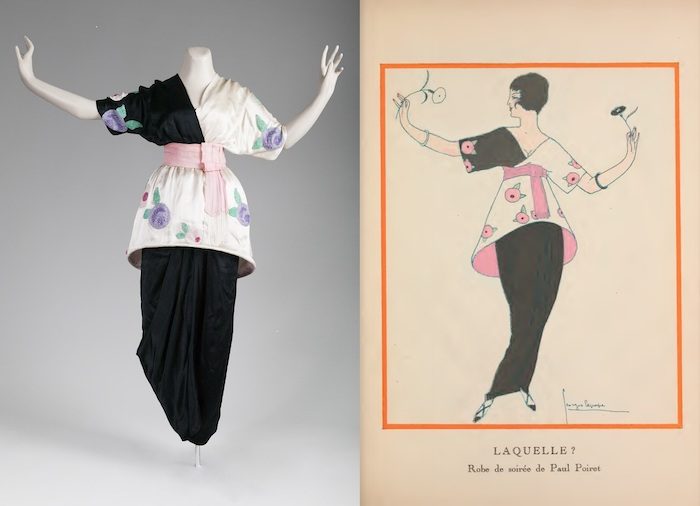
CHM, ICHi-063292. Gazette du Bon Ton courtesy of the Smithsonian Libraries.
With more than 50,000 costumes and textiles dating from the eighteenth century to the present, the Museum’s world-renowned Costume and Textiles collection is noted for both its size and the quality of its holdings. A selection of objects are viewable online, such as Abraham Lincoln’s top hat, Michael Jordan’s shoes, and Bertha Honoré Palmer’s couture gowns. Explore the collection.
Story Time
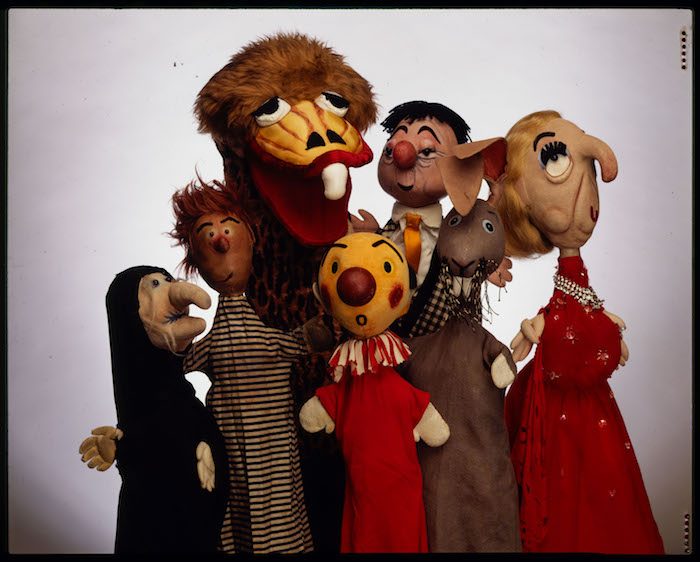
Read or listen to the audio of the Best of the Fair, then make a puppet of your favorite character. Use your puppet to tell your favorite part of the story or to make up a new part. Share your puppet and story on social media using the hashtag #CHMatHomeFamilies.
Map Your Visit to the Fair
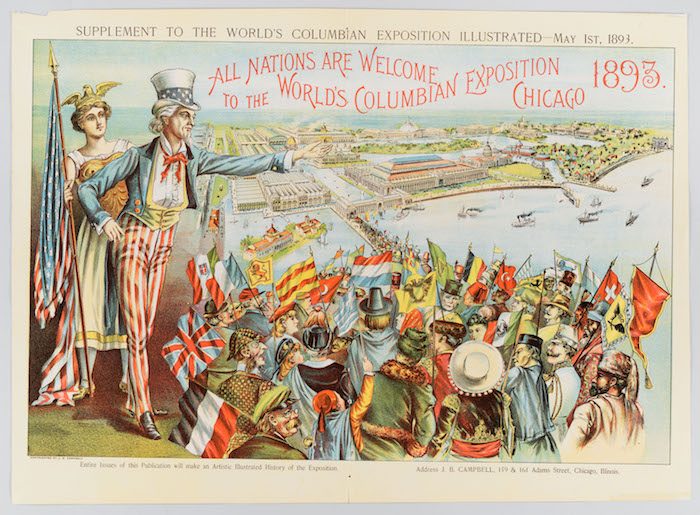
Use a map of the 1893 fairgrounds to plot your imaginary visit to the world’s fair! Along the way, discover some of the exciting buildings, rides, and amusements. Share your maps and drawings on social media using the hashtag #CHMatHomeFamilies.
Souvenir Shopping
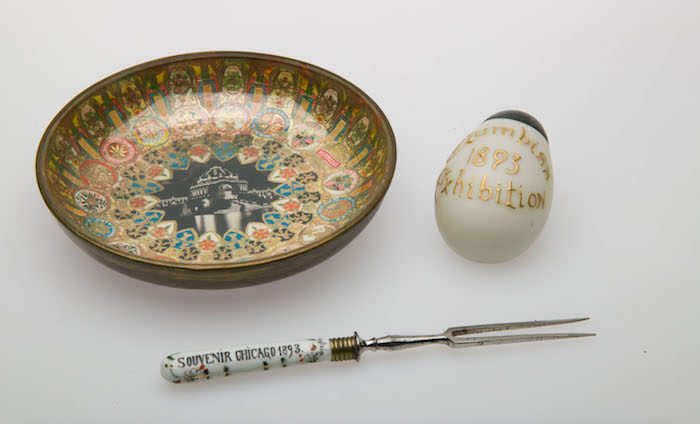
Souvenirs help us remember the places we have visited and fun times we’ve had. People who went to the 1893 world’s fair bought lots of souvenirs! Have fun solving riddles to match them to the right souvenir. Draw a picture of your favorite or make it out of clay or playdough. Share your souvenirs on social media using the hashtag #CHMatHomeFamilies.
Design It!
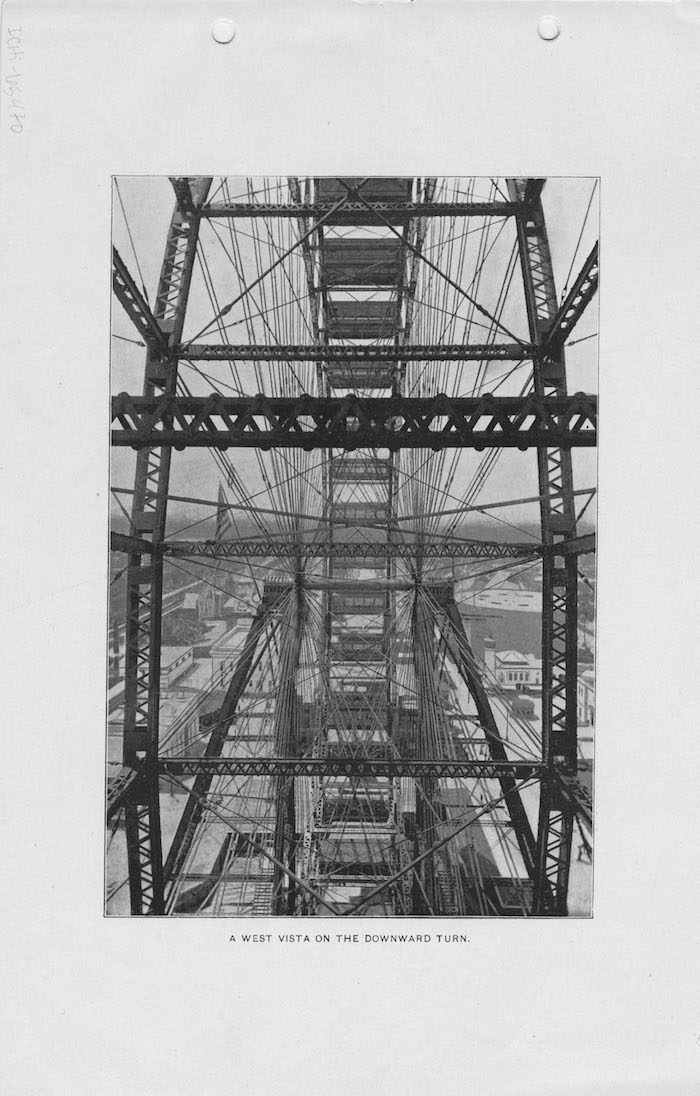
What would a modern world’s fair include? Be a designer and make a prototype of an invention you would display or create a map showing what your modern fair would offer. Share your inventions or maps on social media using the hashtag #CHMatHomeFamilies.